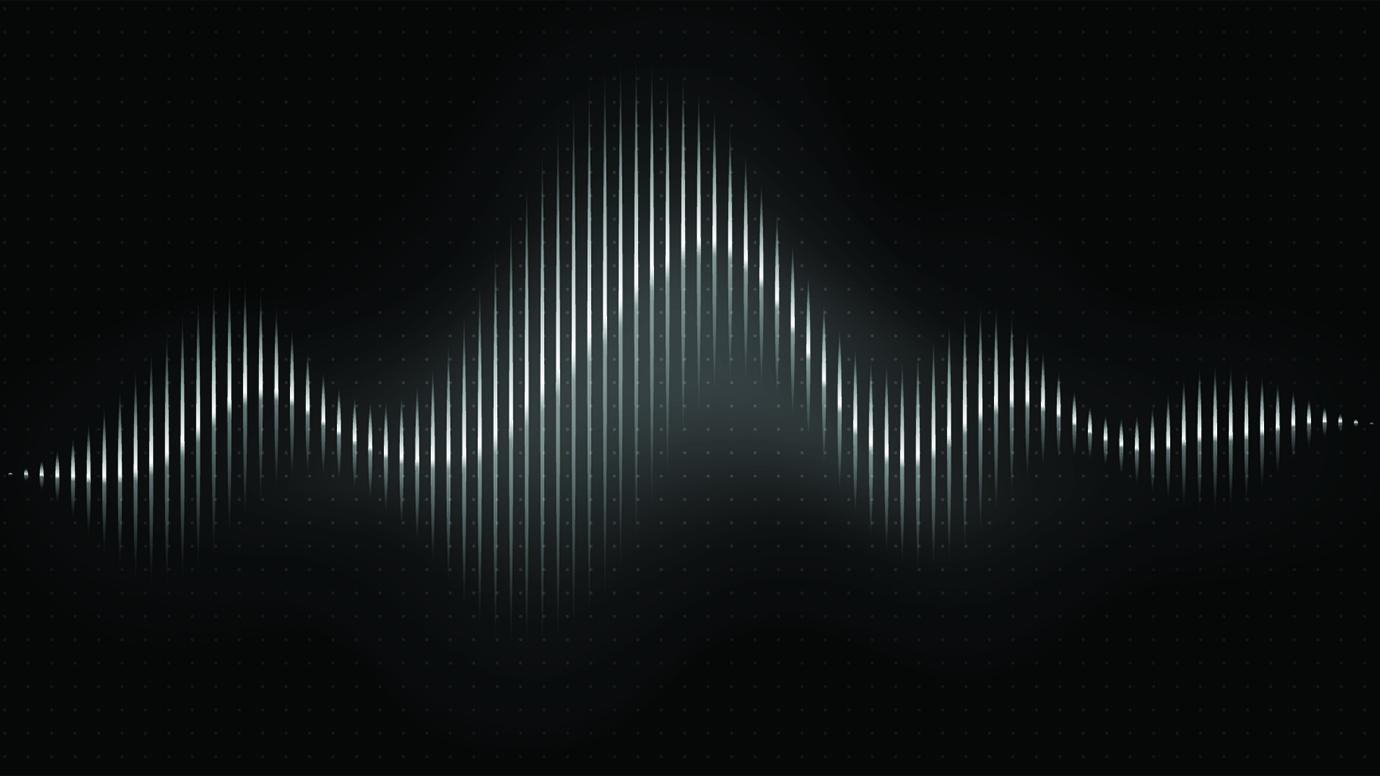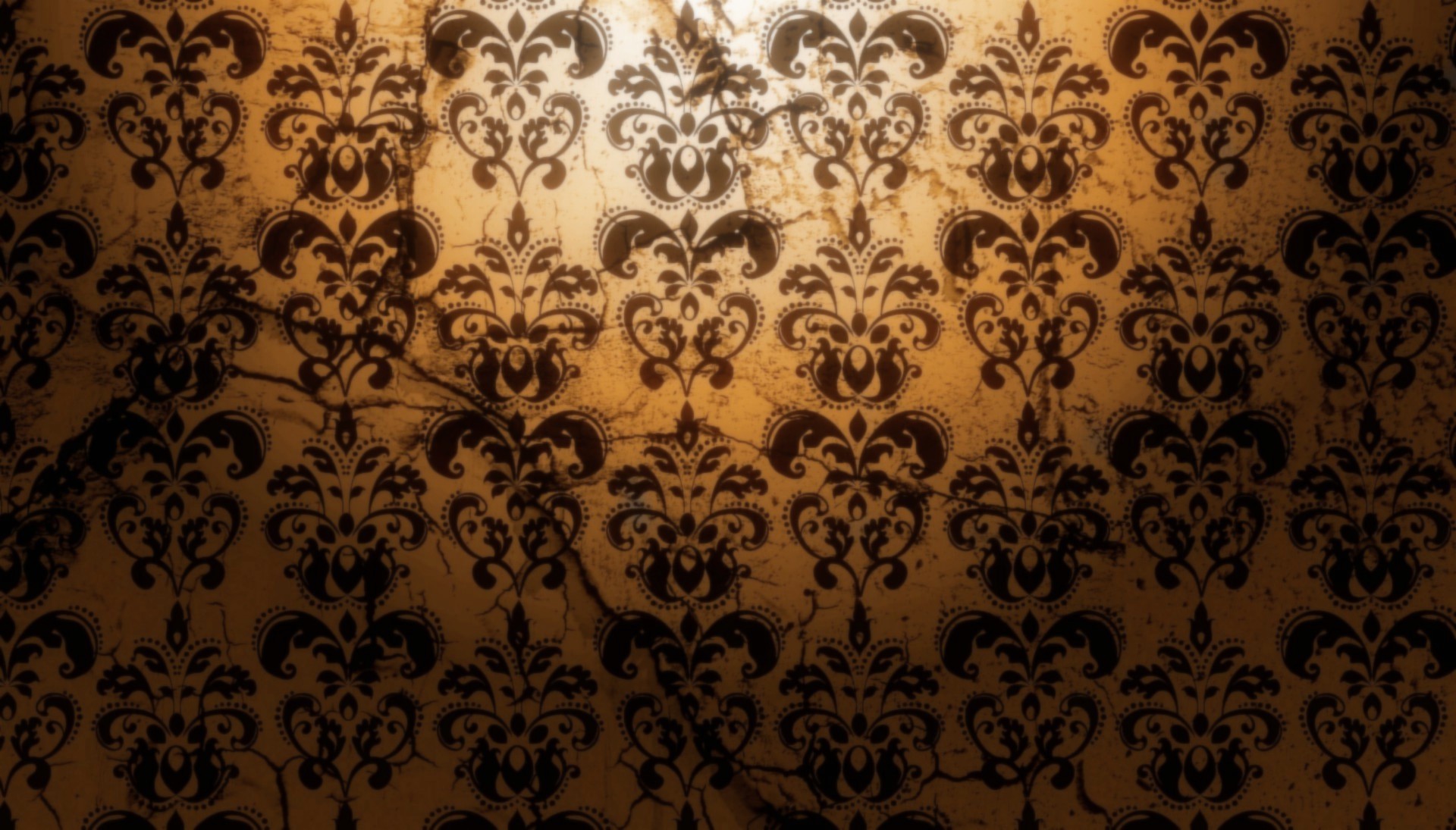/ An auditory ransom note /

Audio Player
.
A paracusia, or auditory hallucination, is a form of hallucination that involves perceiving sounds without auditory stimulus. Auditory hallucinations need to be distinguished from endaural phenomena in which sounds are heard without any external acoustic stimulation but arise from disorders of the ear or auditory system. A common form of auditory hallucination involves hearing one or more talking voices. This may be associated with psychotic disorders such as schizophrenia or mania, and holds special significance in diagnosing these conditions.
However, individuals may hear voices without suffering from diagnosable mental illness.
There are three main categories into which the hearing of talking voices can often fall:
• a person hearing a voice speak one’s thoughts
• a person hearing one or more voices arguing
• a person hearing a voice narrating his/her own actions
.
Other types of auditory hallucination include exploding head syndrome and musical ear syndrome. In the latter, people will hear music playing in their mind, usually songs they are familiar with. Reports have also mentioned that it is also possible to get musical hallucinations from listening to music for long periods of time. This can be caused by: lesions on the brain stem (often resulting from a stroke); also, sleep disorders such as narcolepsy, tumors, encephalitis, or abscesses.
Other reasons include hearing loss and epileptic activity…
The onset of delusional thinking is most often described as being gradual and insidious. Patients described an interest in psychic phenomena progressing to increasingly unusual preoccupations and then to bizarre beliefs “in which I believed wholeheartedly“.
One author wrote of their hallucinations:
They deceive, derange and force me into a world of crippling paranoia. In many cases, the delusional beliefs could be seen as fairly rational explanations for abnormal experiences: I increasingly heard voices (which I’d always call ‘loud thoughts’)… I concluded that other people were putting these loud thoughts into my head. Some cases have been described as an “auditory ransom note”.
OTHER CONCEPTS


